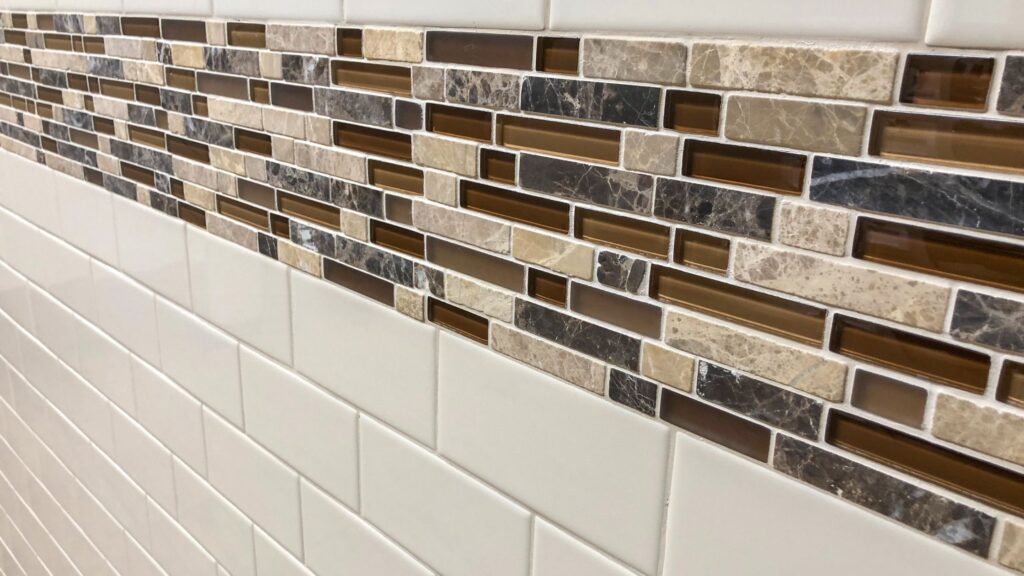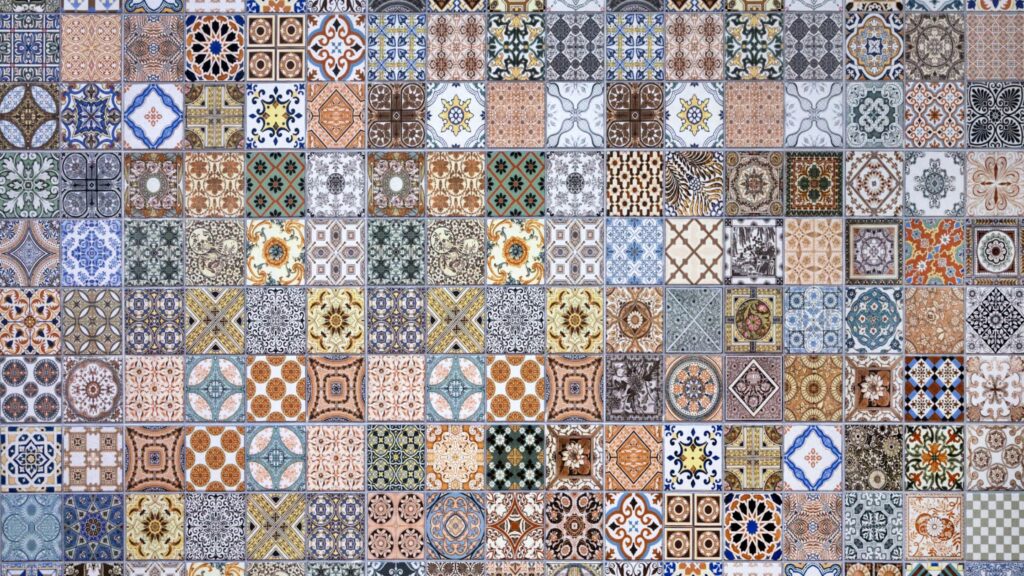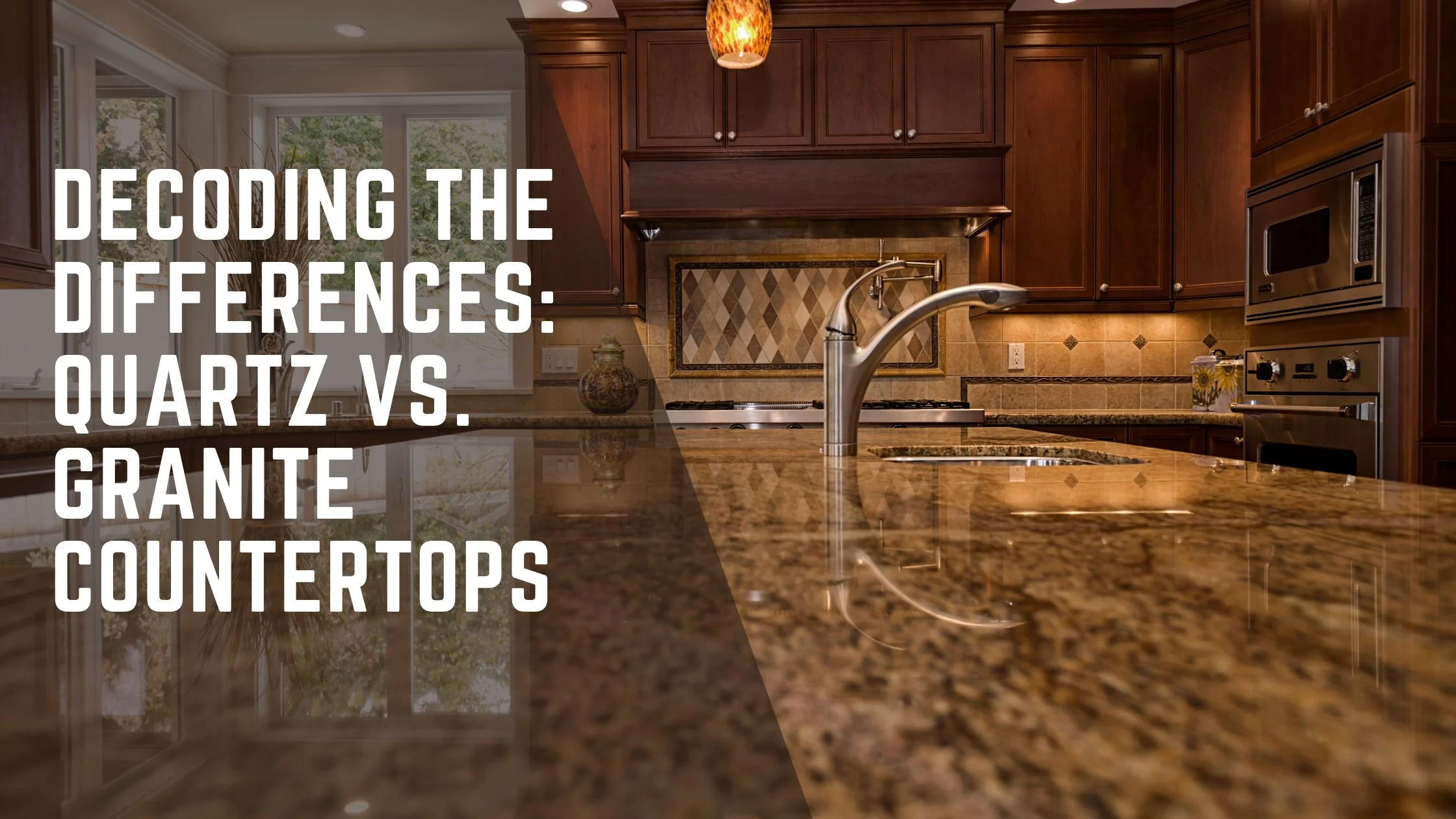Are you planning a new tile project and not sure what type of tile to choose? Floor tile or wall tile? Don’t worry, this blog post is here to help! In this post, we will discuss the differences between floor tiles and wall tiles, as well as some tips for choosing the right one for your project. Read on to learn more!
What to Keep in Mind Beforehand
Coefficient of Friction (COF) Rating
The coefficient of friction, or COF, is a rating that measures the level of friction between two surfaces. In the case of floor tiles, the COF rating indicates how much traction the tile will provide, which is important for safety purposes. A tile with a high COF rating will have a greater resistance to slipping, making it ideal for areas where there is a lot of foot traffic or where moisture is present. On the other hand, a tile with a low COF rating will have less resistance to slipping and may be more likely to become damaged over time. When choosing floor tiles for your home, it is important to consider the intended use of the space and select a tile with an appropriate COF rating.
Porcelain Enamel Institute (PEI) Rating
The PEI rating system is used to classify tiles according to their suitability for use in different areas. They range from 1 to 5 with class 1 tiles being the least durable, making them suitable for walls and low-traffic areas, while class 2 tiles can be used on walls and floors with moderate traffic. Class 3 tiles can be used on both walls and floors with heavy traffic, while class 4 tiles are suitable for floors with very heavy traffic. Class 5 tiles are the most durable and can be used on both walls and floors in high-traffic areas. When choosing tiles for a particular project, it is important to consider the PEI rating to ensure that the tiles will be able to withstand the amount of traffic they will be subjected to.

What Are the Key Differences Between Wall Tiles and Floor Tiles?
Size
Floor tiles are typically larger than wall tiles, and they come in a wider range of sizes. This makes them suitable for a variety of applications, from entryways to kitchens. Wall tiles, on the other hand, are often smaller and more specialized. They come in a narrower range of sizes and shapes, making them better suited for specific areas like backsplashes and shower surrounds. When choosing tile size, it’s important to consider both the function and the aesthetic of the space.
Heat and Water Resistance
If you’re trying to decide between floor and wall tiles, heat and water resistance are two important factors to consider. Floor tiles are typically more resistant to heat than wall tiles due to the added thickness. Ceramic and porcelain wall tiles are usually as resistant to water damage as floor tiles. However, they’re slightly less resistant to heat than their floor counterparts.
Durability and Cleaning
Floor tiles are typically more resistant than wall tiles. This is because floor tiles are designed to withstand heavy foot traffic and the weight of furniture, while wall tiles are not subject to the same level of stress. Floor tiles also have a textured surface to prevent slipping, which can make them more difficult to clean. Wall tiles, on the other hand, are thinner and more fragile, but their smooth surface is easier to keep clean.
Installation
The installation process of floor and wall tiles is similar, but since floor tiles are thicker than wall tiles, cutting them generally takes longer. Wall tiles, on the other hand, can be cut rapidly since they are thinner.
Cost
Floor tiles tend to be more expensive than wall tiles; they must be strong enough to withstand foot traffic, which often means that they are made from thicker and more durable materials. In addition, floor tiles must be slip-resistant and easy to clean, which can add to their cost. Wall tiles, on the other hand, do not need to be as durable or slip-resistant which helps to keep costs down.

Bottom Line?
It is not recommended by professionals to utilize wall tiles as floor tiles. They’re much smaller and less resistant to damage in high-traffic regions. They’re designed to be considerably softer, so any additional pressure might result in breakage.
Because floor tiles are designed to endure more wear and tear, they may also be used as wall tiles. However, the size may be an issue. You may not be able to hang them until you trim them down to size.
Make sure that the hardness (PEI) and friction (COF) ratings of tiles installed on the floor are suitable for the intended application. Any kind of tile may be used for a wall, but floor tile must be rated for that purpose.
So, what’s the verdict? What type of tile should you choose for your home? Both have their own unique benefits that are worth taking into consideration when making your final decision. Ultimately, the best choice for you will come down to your specific needs and preferences. Let us know how you decide to beautify your home with tile and tag us!







